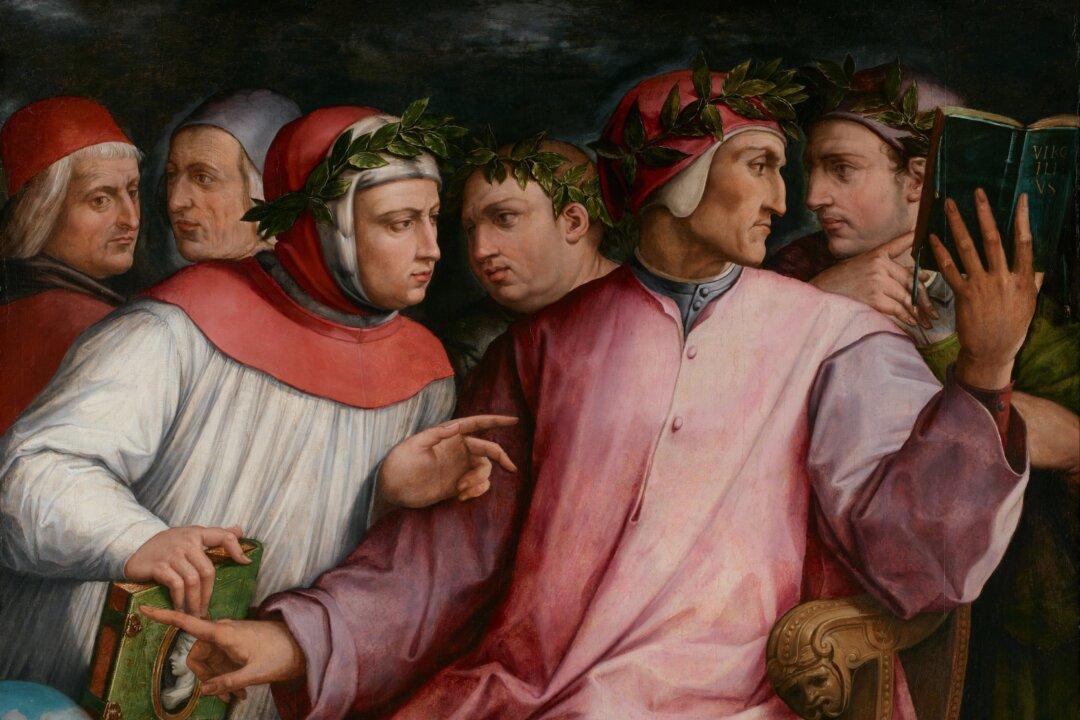Imagine a world where we knew the name of Homer, but the poetry of “The Odyssey” was lost to us. That was the world of the early Italian Renaissance during the second half of the 15th century.
Many people knew the names of some early poets of Italian literature—those who were active during the 13th century. But they could not read their poems because they had not been printed and were not circulating in manuscripts.

